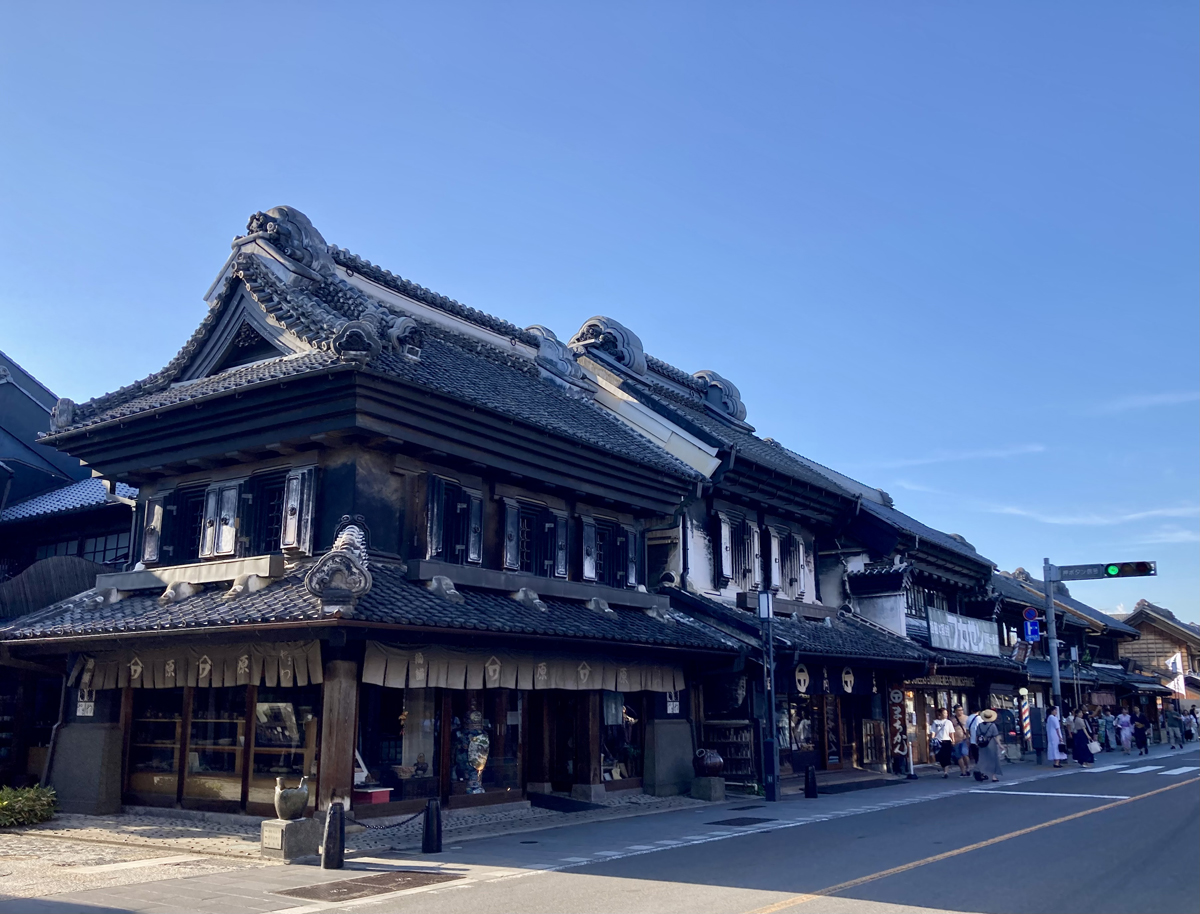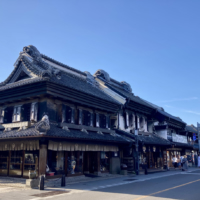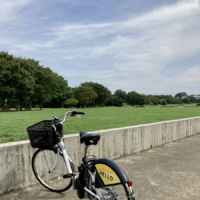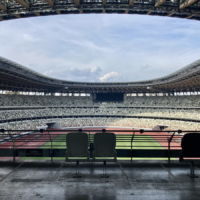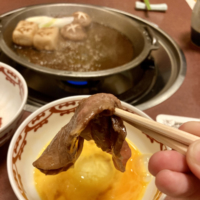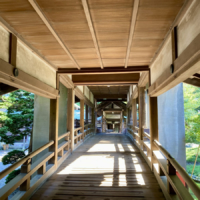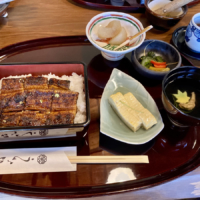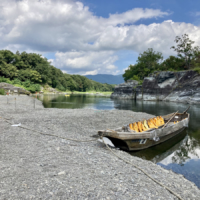Visitors to Japan can experience rich history without sacrificing modern amenities thanks to the traditional locales preserved amid the glass and steel of the country’s cities. Tokyo and its northern neighbor Saitama Prefecture abound with historic sites, modern buildings and lush greenery, while carrying on the legacy of the Olympic and Paralympic Games. This article examines some of the nearly countless things to see and do in these areas.
Tokyo: Rich culinary history, Olympic and Paralympic legacy
It’s been more than two years since Tokyo hosted the pandemic-delayed Tokyo 2020 Olympic and Paralympic Games, but vestiges of the event still dot the city — and many of these locations have been memorialized as tourist attractions. This active itinerary showcases some of the most iconic Olympic sites in Tokyo and provides an unexpected glimpse into the history of the city.
The road cycling race was included in the first Summer Olympics in 1896 and has been a fixture in nearly every iteration of the Games. Historically, the lengthy cycling event has showcased some of the world’s most spectacular landmarks, with courses routed through cities like Athens, London, Rome, Rio de Janeiro and Sydney. The route for the Tokyo Summer Games was equally impressive, blending elements of the capital’s long history with some stunning scenery.
Beginning in Tokyo’s western suburbs, outside the 23 wards, cyclists rode the tree-shaded streets of Babadaimon Zelkova Avenue, a designated National Natural Monument, and passed through the ancient Okunitama Shrine before proceeding toward the foothills of the iconic Mount Fuji. The men’s and women’s races saw nearly 200 riders compete in the region’s notorious summer heat. The races followed the same course for over 100 kilometers before switching to separate routes after a 15-km descent from Lake Yamanaka. The women’s race was 137 km long, while the men’s course racked up nearly 5,000 meters of elevation gain over 234 km.
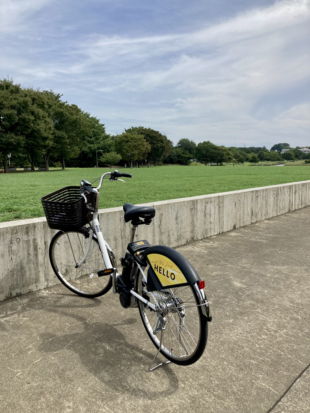
Fortunately, even cyclists without Olympic training can get a taste of the historic route at Musashinonomori Park in Fuchu, west Tokyo — the ceremonial start for both the men’s and women’s races. Surrounded by the Musashino Forest, a natural area studded with red pine, zelkova and cherry trees, the park is laced with trails and offers plenty of space for picnicking.
Adjacent to Chofu Airfield, sprawling Musashinonomori Park is part of an area that was scattered with secretive bunkers during World War II, and today, two of these historic hideouts remain near its northeastern edge. The Park Service Center features a collection of exhibits on the area’s wartime history, including a propeller from a military plane, unearthed in the park in 2009. And, for visiting cyclists, there is a bike rental station near Tama Station on the Seibu-Tamagawa Line, at the park’s northwestern edge.
Afterward, hop onto the Chuo Line for a hands-on lunch at Sushi Making Tokyo in the traditional Asakusa district. The location doubles as Washoku, an eatery specializing in dashi chazuke (dashi over rice and toppings) and hand-pressed sushi, with on-site cooking classes introduced earlier this year. Geared toward the inexperienced, the establishment offers five different cooking courses, including options that allow visitors to try their hand at making nigiri sushi, which is oval-shaped, and temari sushi, the ball-shaped variety. Taught by English-speaking staff, the classes begin with a short introduction to the history of sushi-making in Japan. After a demonstration of technique, participants get a chance to practice with plastic toys representing the elements of sushi. Afterward, students become diners, feasting on the sushi they’ve crafted — either in the venue’s fifth-floor cafe or on the sixth-floor terrace, both overlooking the Sumida River and a stretch of the Tokyo skyline anchored by the unmistakable Asahi Flame.
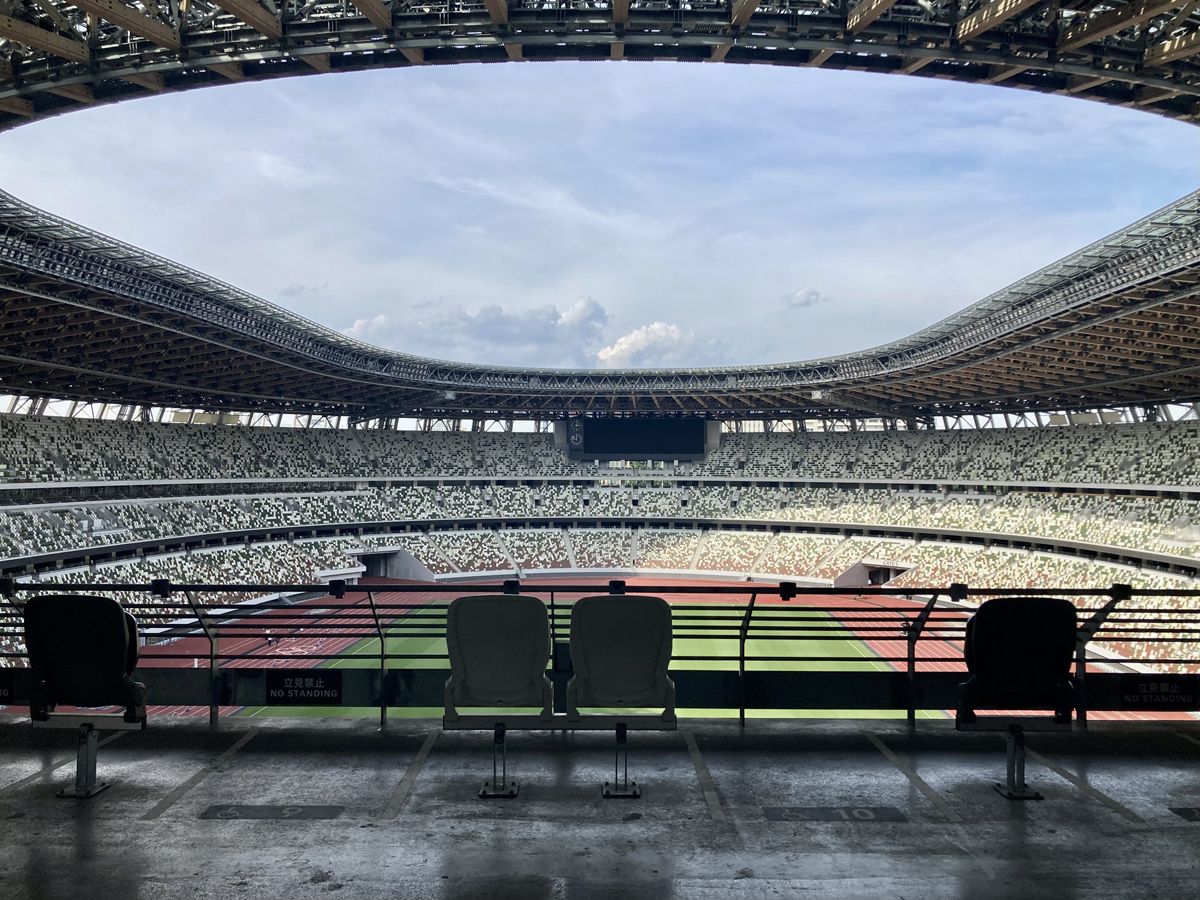
Continue the Olympic-inspired tour at the Japan National Stadium in Shinjuku’s Meiji Jingu Gaien district. Designed by pioneering architect Kengo Kuma, the innovative wooden stadium provided the backdrop for a variety of Olympic events, including the opening and closing ceremonies and most of the track and field events.
Today, the iconic venue is open to visitors, providing a glimpse of both the majesty and humanity of the Olympic Games. On self-guided tours, visitors can walk the track in the rebuilt facility’s 68,000-seat arena, pose in the Flash Interview Zone used by athletes, and climb the ceremonial medal podium for photos. Objects from the Games are showcased as well, including the Olympic torch, designed to resemble a cherry blossom, and the soccer jerseys worn by Japan’s national team. The personal exhibits offer a more intimate look at the athlete experience, including team locker rooms and a sizable Signature Wall inscribed with messages and autographs of more than 300 athletes. The facility also occasionally hosts special tours and events, including night tours and events hosted by visiting athletes.
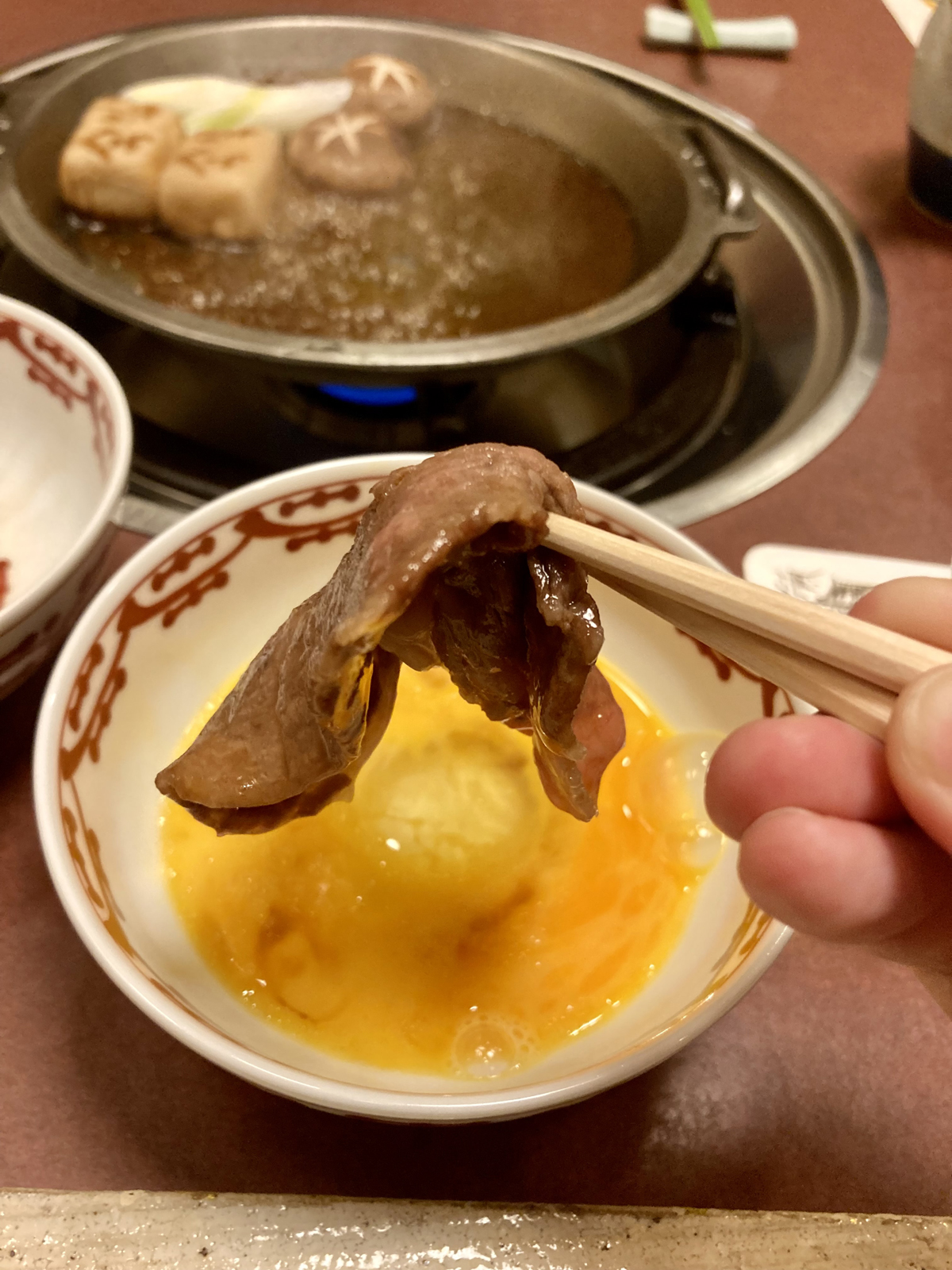
Finally, end the day with a dinner fit for an Olympian at Asakusa Imahan, back in Asakusa. Specializing in sukiyaki and shabu-shabu (thinly sliced beef and vegetables boiled and eaten with sauces) featuring Kobe beef, the eatery has been a fixture in Tokyo for more than a century.
The first iteration of the restaurant opened in 1895, serving gyu-nabe, a dish consisting of beef on rice. But, as tastes evolved, so did the menu, as well as the eatery itself. Now situated on Kokusai-dori street, The current Asakusa Imahan opened in 1928 after the 1923 Great Kanto Earthquake and was updated in 2008. Spread over three floors, today the location offers a variety of seating options, including a spacious dining hall, secluded booths, and private rooms featuring traditional kotatsu seating, where diners tuck their legs into a sunken space in the floor. The meal itself is a tantalizing show, as perfectly marbled beef, along with accompaniments including tofu, mushrooms, leeks and shirataki glass noodles, are artfully prepared on tabletop grills and concluded with dessert.
Saitama: History and nature
Arching around the northern edge of Tokyo, Saitama Prefecture is an easily accessible destination for an overnight getaway. Less than an hour from Tokyo Station, the eastern portion blends into the outskirts of the capital, while moving westward the landscape gradually becomes less metropolitan, eventually rising into the forested peaks of the Okuchichibu Mountains. But the close proximity to Tokyo is only part of the appeal — Saitama also has a rich history and remains dotted with castle towns, iconic cultural sites and ancient pilgrimage routes.
Visitors can begin in the southeastern corner of the prefecture, in the eponymous city of Saitama, its capital and largest city. Served by Saitama-Shintoshin Station, the city is home to Saitama Super Arena, one of the venues for the Games.
About 20 minutes away, near Toro and Omiya Koen stations, is the Omiya Bonsai Art Museum, which provides an introduction to the ancient horticultural art and its history. Established in 2010 as the world’s first public bonsai museum, the facility has exhibits showcasing the components of bonsai culture, including collections of ornamental suiseki stones and three ornate rooms arranged in the traditional zashiki-kazari decorative style.
The outdoor portion features a walkable garden, typically with about 60 bonsai on display, including some examples thought to be nearly 1,000 years old. The museum is also just a short stroll from the century-old Omiya Bonsai Village. Founded by gardeners from Tokyo’s Bunkyo Ward in 1925, on the heels of the devastation left by the Great Kanto Earthquake, the collective housed about 30 gardeners during the early 1930s. Today, there are still six bonsai gardens on display in this historic village.
From here, take the train for about 30 minutes west to Kawagoe, the prefecture’s third-largest city, toward the center of the prefecture. Dating back to the 15th century, the castle town resembles a living museum, anchored by historic sites like the wind chime-festooned Kawagoe Hikawa Shrine, built during the sixth century. There are several well-preserved historic neighborhoods in Kawagoe, such as Kurazukuri no Machinami. The area of former merchant homes is still lined with clay-walled buildings constructed during the Edo Period (1603 to 1868) using the kurazukuri style — a design that was adopted to prevent the spread of fires. Today, these historic storehouses have been repurposed as shops and restaurants.
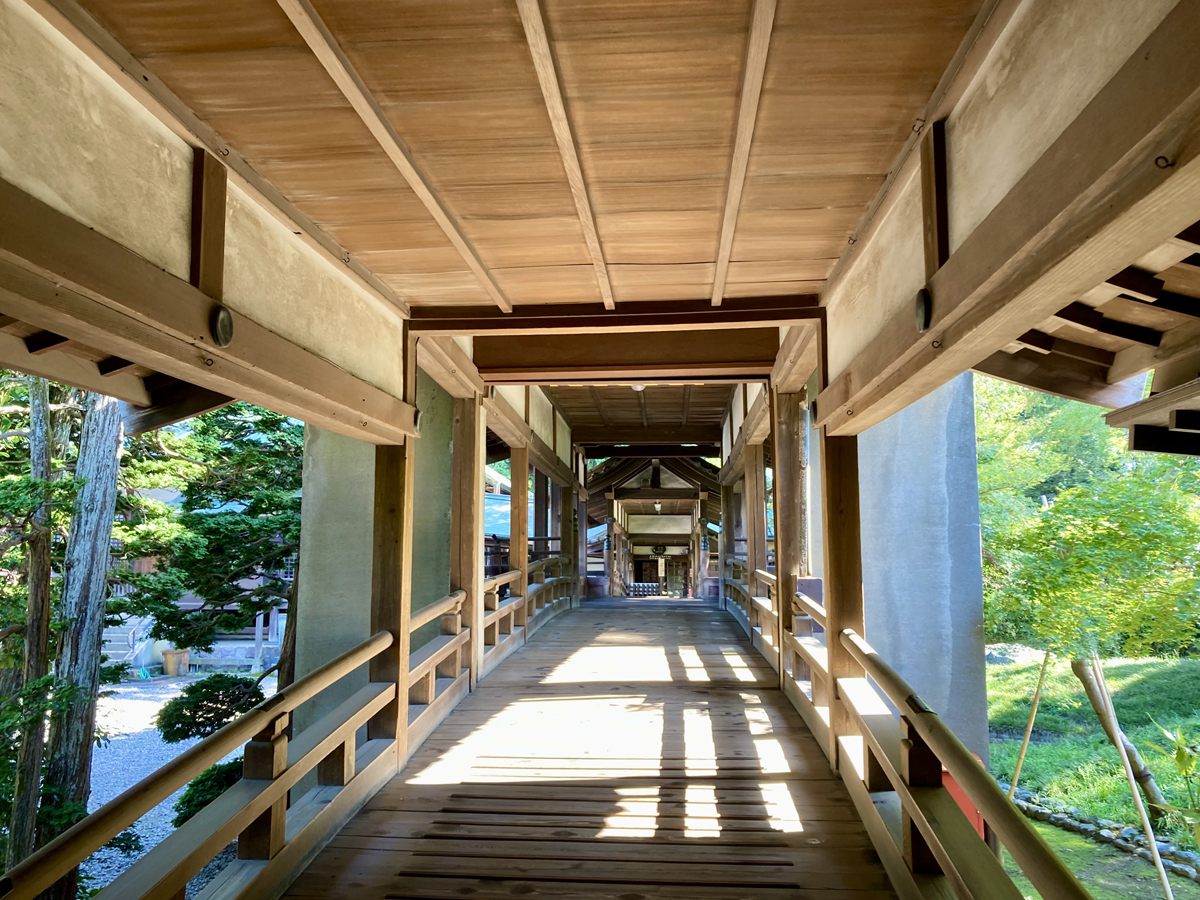
Begin by delving deeper into Kawagoe’s extensive history at Kitain Temple. Founded in 830, the original temple complex burned down in 1205, but was rebuilt about a century later, in 1296, and emerged as an academic hub. During the Edo Period, the temple gained the protection of the Tokugawa shogunate. Eventually, ties were so close that when a fire destroyed a significant portion of the temple in 1638, shogun Tokugawa Iemitsu insisted the religious complex be reconstructed. He even relocated portions of Edo Castle from Edo (now called Tokyo) to Kawagoe to aid the restoration, a decision that ultimately helped preserve portions of the historic palace.
Because Edo Castle was heavily damaged by both the Great Kanto Earthquake and World War II air raids, the sections relocated to Kawagoe are among the oldest vestiges of the original castle remaining in Japan. One of the chambers moved to Kawagoe, believed to be the room where Iemitsu was born in 1604, is now among the temple’s historic exhibits. Along with the remaining relics from Edo Castle, the temple includes a collection of daimyo graves, the Senba Tosyogu Shrine (dedicated to shogun Tokugawa Ieyasu), and an assemblage of 500 stone-carved arhat statues built from 1782 to 1825. During spring and fall, the cherry blossoms and maple trees shading the grounds add splashes of seasonal color.
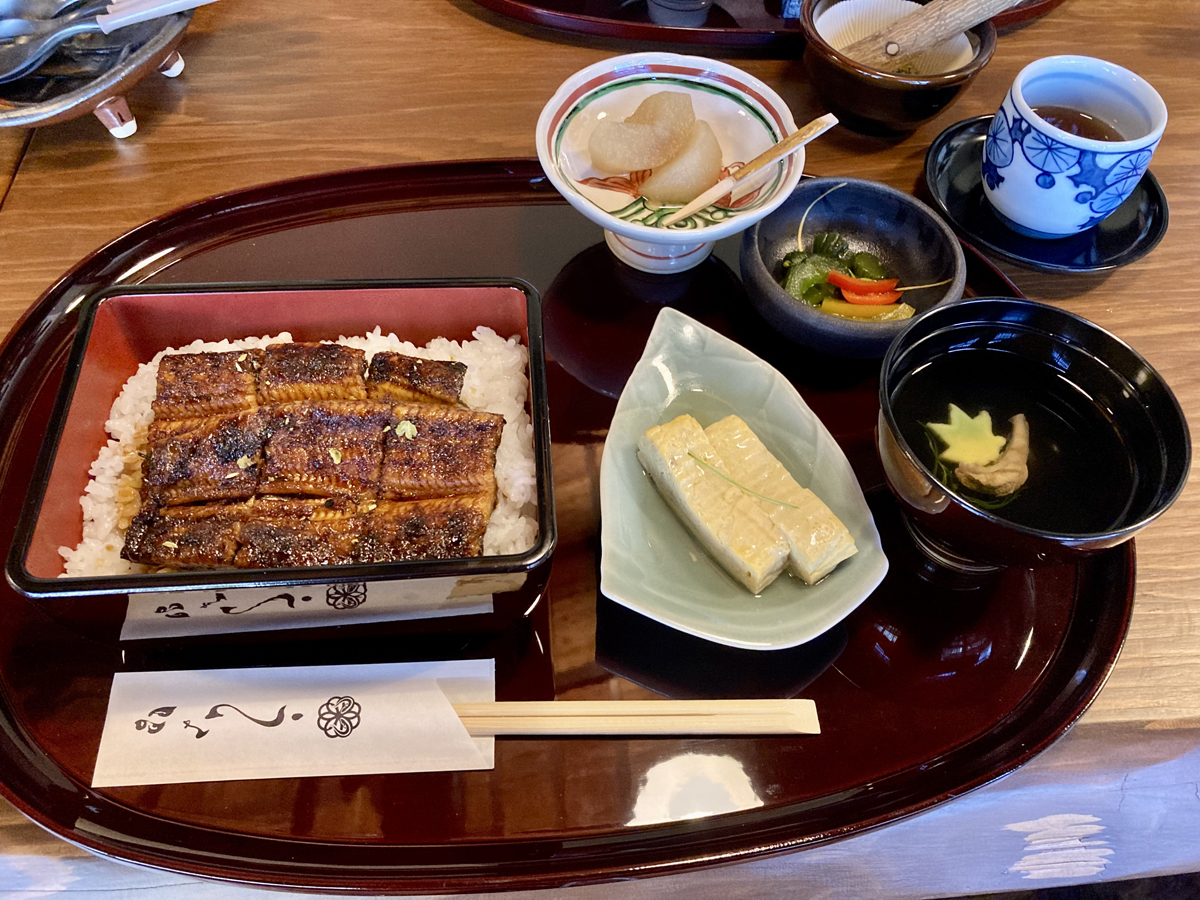
While Kawagoe satisfies the sweet tooth with Kashiya Yokocho (Penny Candy Alley) — the town is also known for unagi (freshwater eel). Situated in the heart of Saitama, one of the nation’s few landlocked prefectures, eels harvested from the rivers bordering the town have been a staple of the local diet for centuries. Today, some of the restaurants specializing in unagi date back more than 100 years, to the end of the Edo Period.
To sample this enduring local delicacy, head to Unasho on historic Benten Yokocho street. Housed in an updated building originally constructed during the Taisho Period (1912 to 1926), the eatery opened last November, specializing in grilled and steamed unagi. Seiro, or unagi that is first steamed and then grilled to create a crispy texture, is among the restaurant’s most popular offerings. Side dishes include dashimaki (an omelet flavored with dashi), kimosui (soup flavored with unagi liver), and uzaku, or unagi served with cucumber in vinegar. Guests can choose to eat in the downstairs dining area, with counter and table seating, or in private rooms on the second floor.
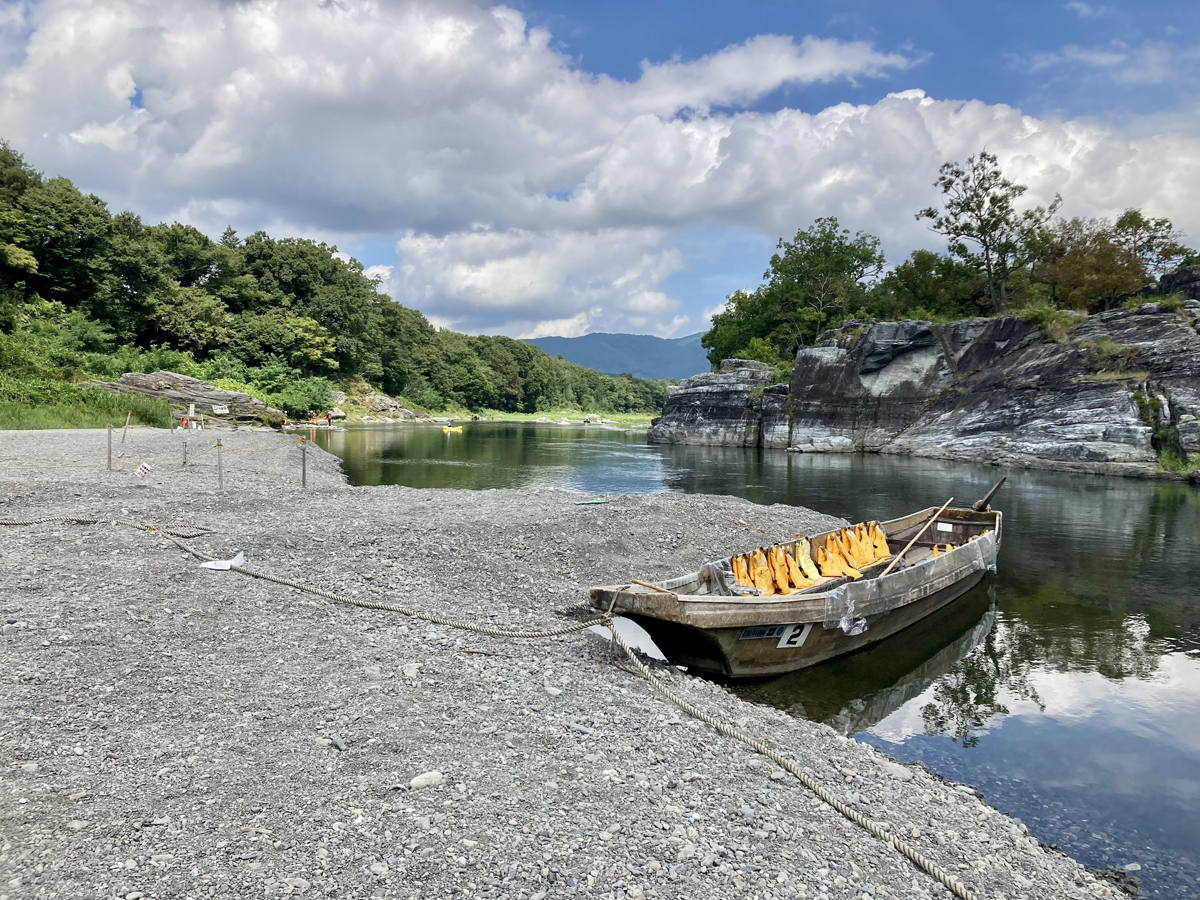
The next morning, head for the nearby town of Nagatoro, spread along the banks of the Arakawa River. A destination for nature-lovers for more than a century, the entire riverside town is recognized as Prefectural Nagatoro Tamayodo Natural Park, an especially photogenic spot for fall foliage and cherry blossoms in the spring. Get a taste of the region’s postcard-worthy landscape on a riverboat cruise through the leafy Nagatoro Valley in a traditional wooden boat.
On the guided trips, visitors are steered through the Iwadatami Rocks, whose intriguing layers have earned it the official designation as a Place of Scenic Beauty.
Wildlife abounds along the river, too, offering the opportunity to spot gray herons, great egrets and common kingfishers, while in the distance, the densely forested Okuchichibu Mountains are silhouetted against the horizon. Offered from March until December, there are two courses taking about a half-hour, which see guides take passengers down the river in small wooden boats, either beginning or ending at the ticketing office in Nagatoro — conveniently located just a few steps from Nagatoro Station. Once off the river, it’s a two-hour train journey back to Tokyo.
This page is sponsored by the Tokyo Convention & Visitors Bureau and the Saitama Prefectural Government.



